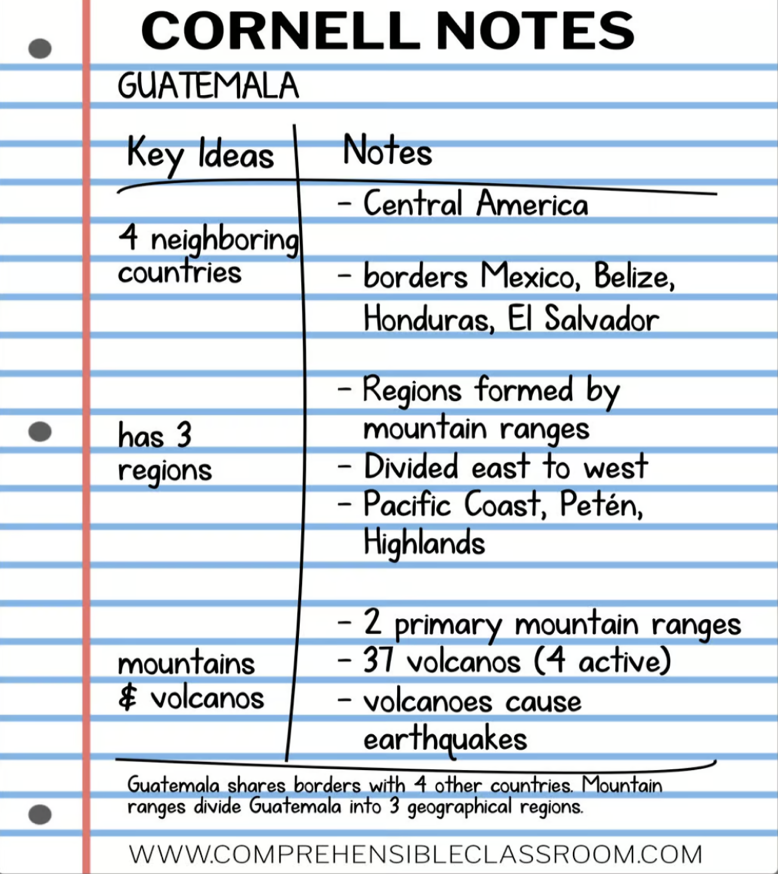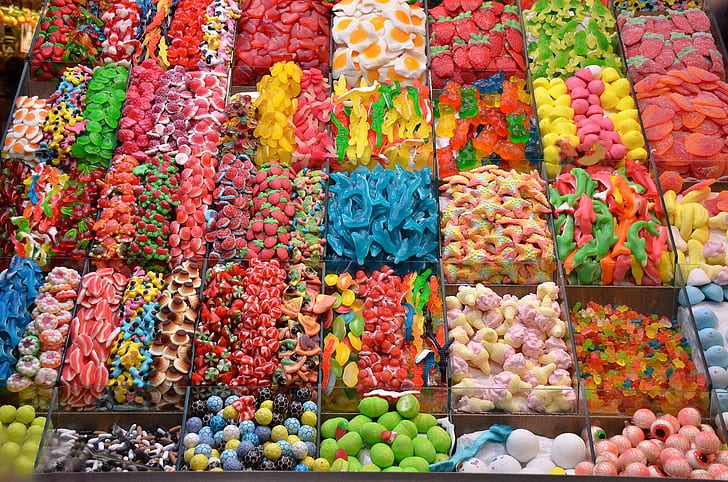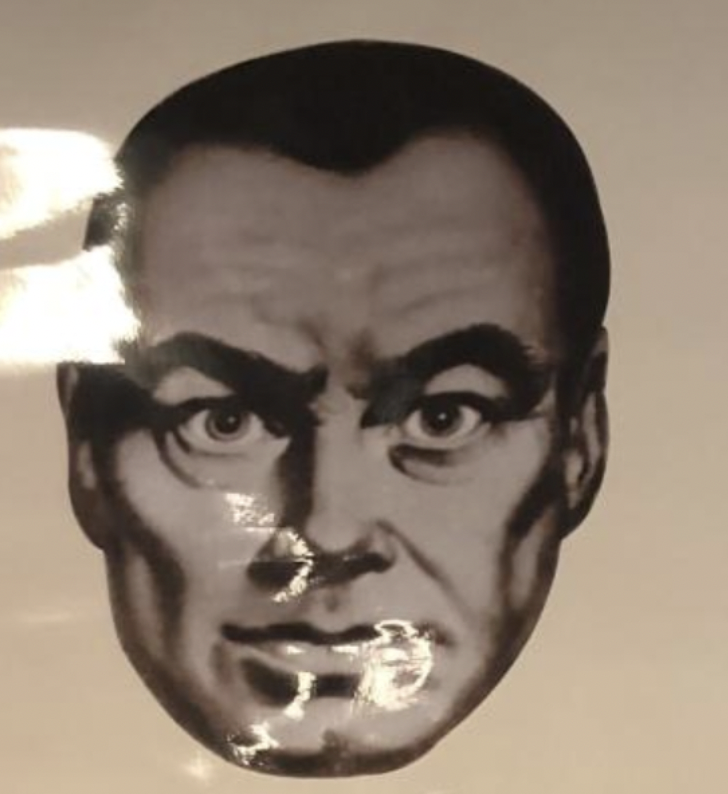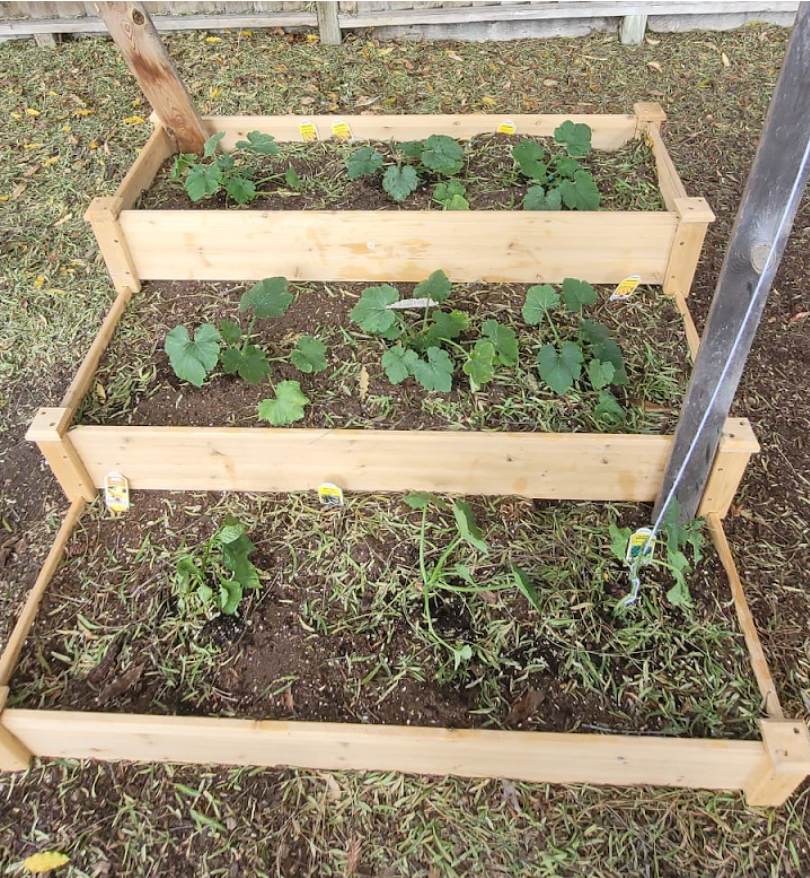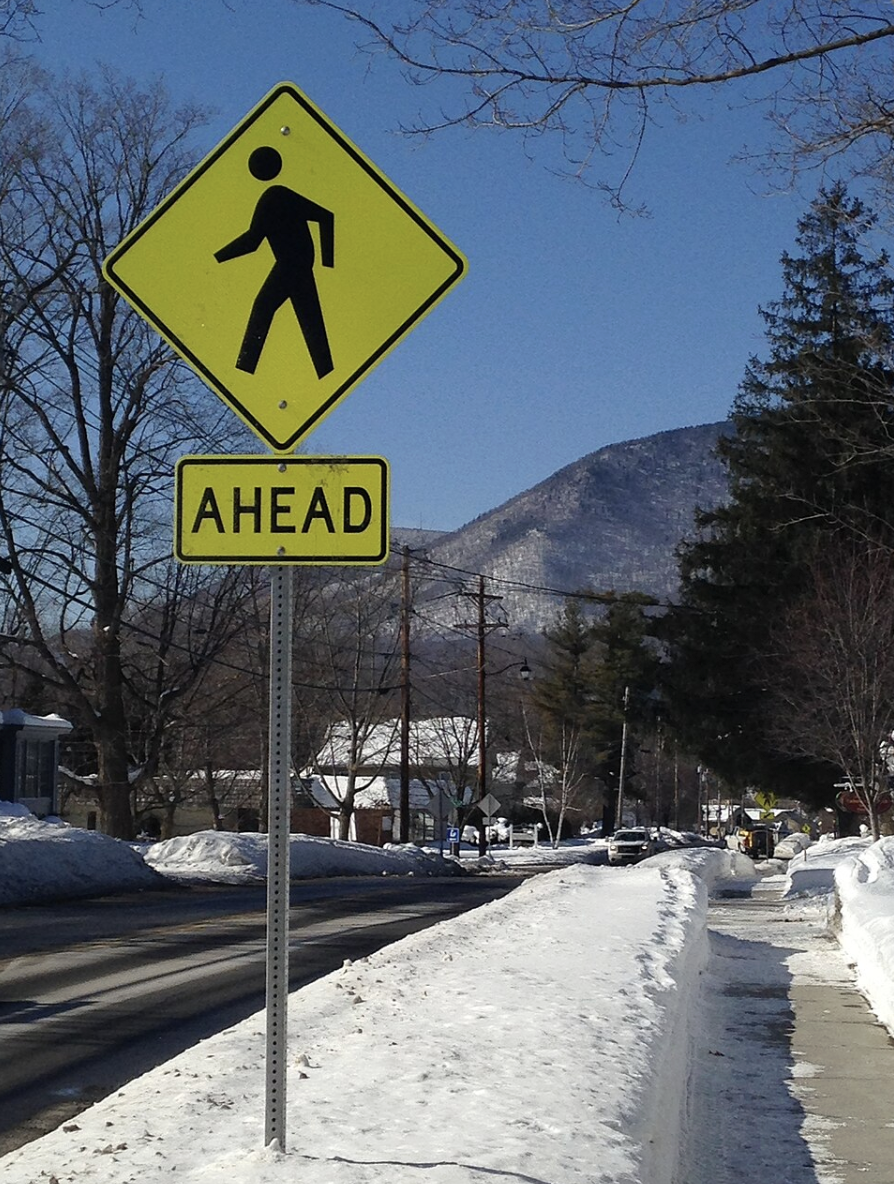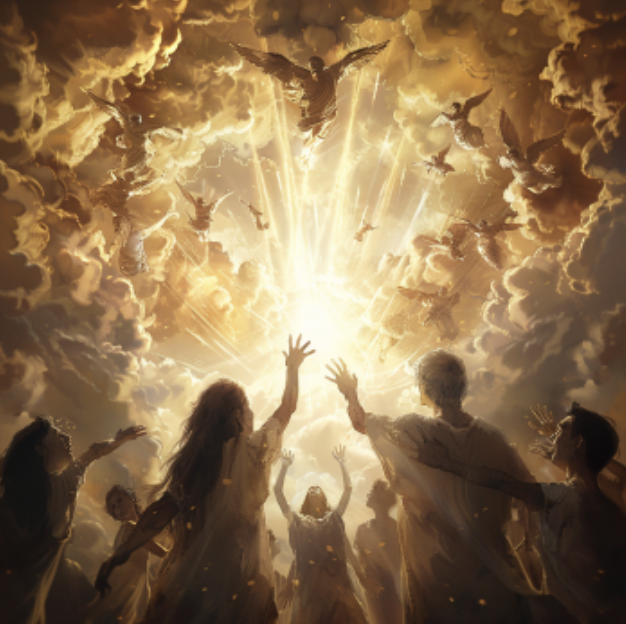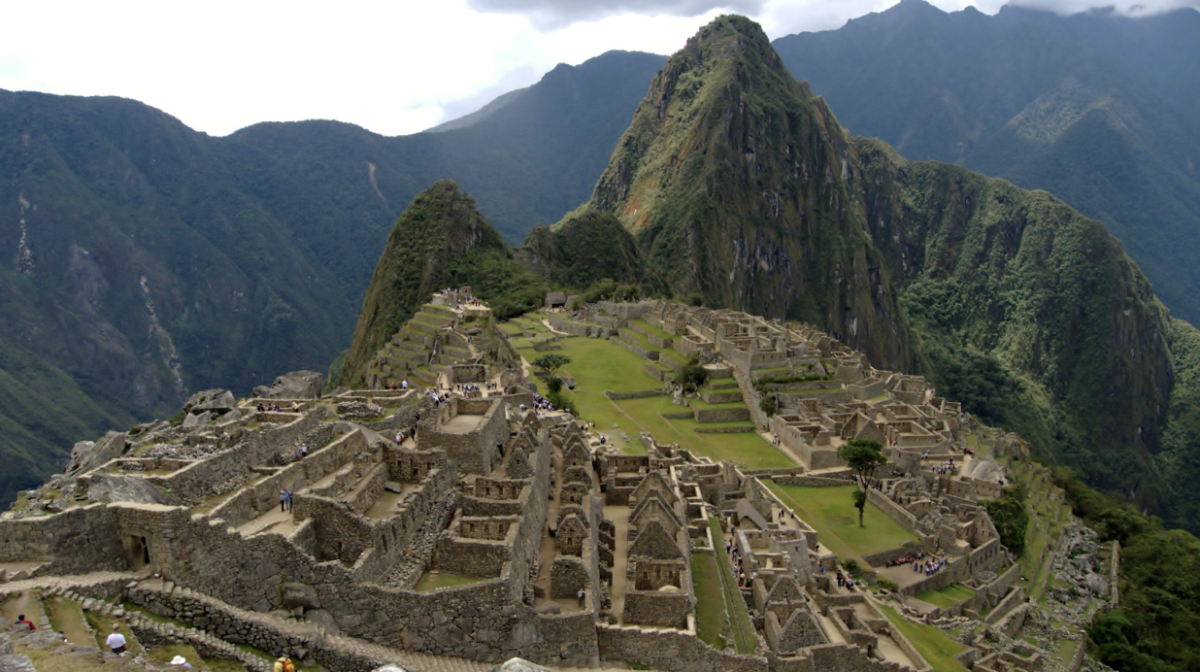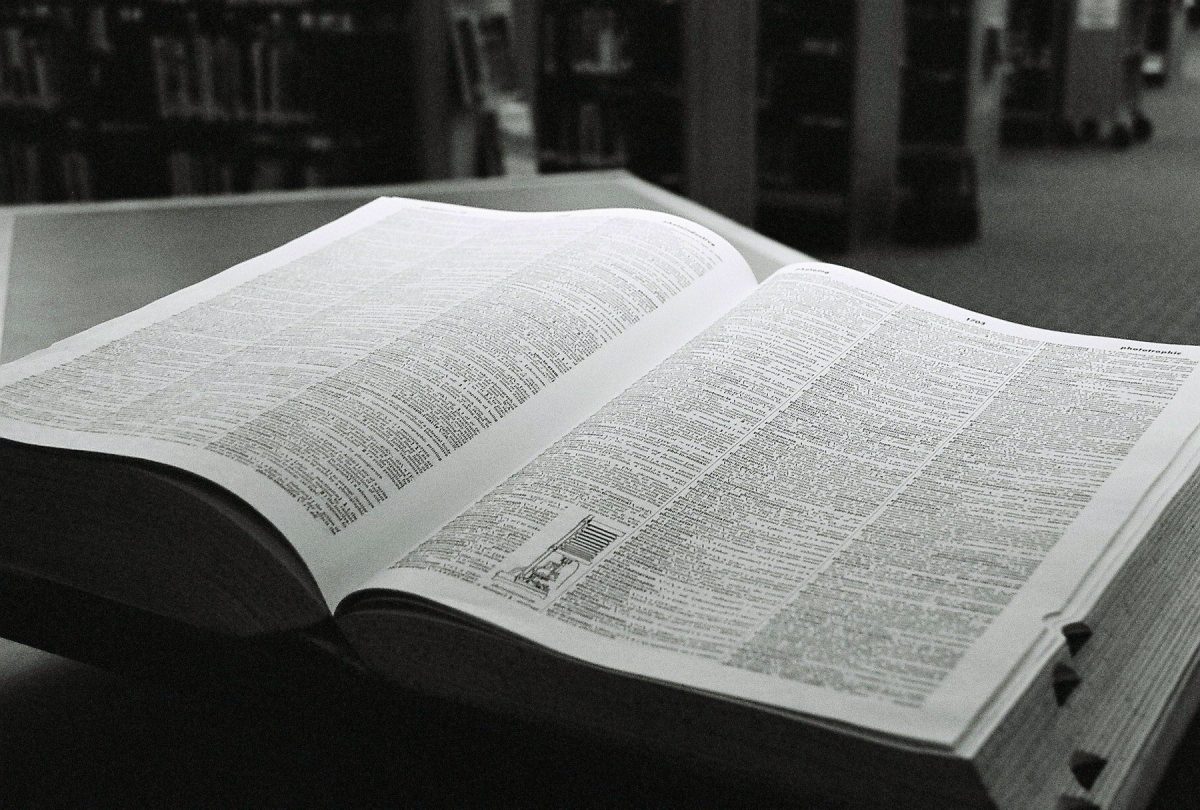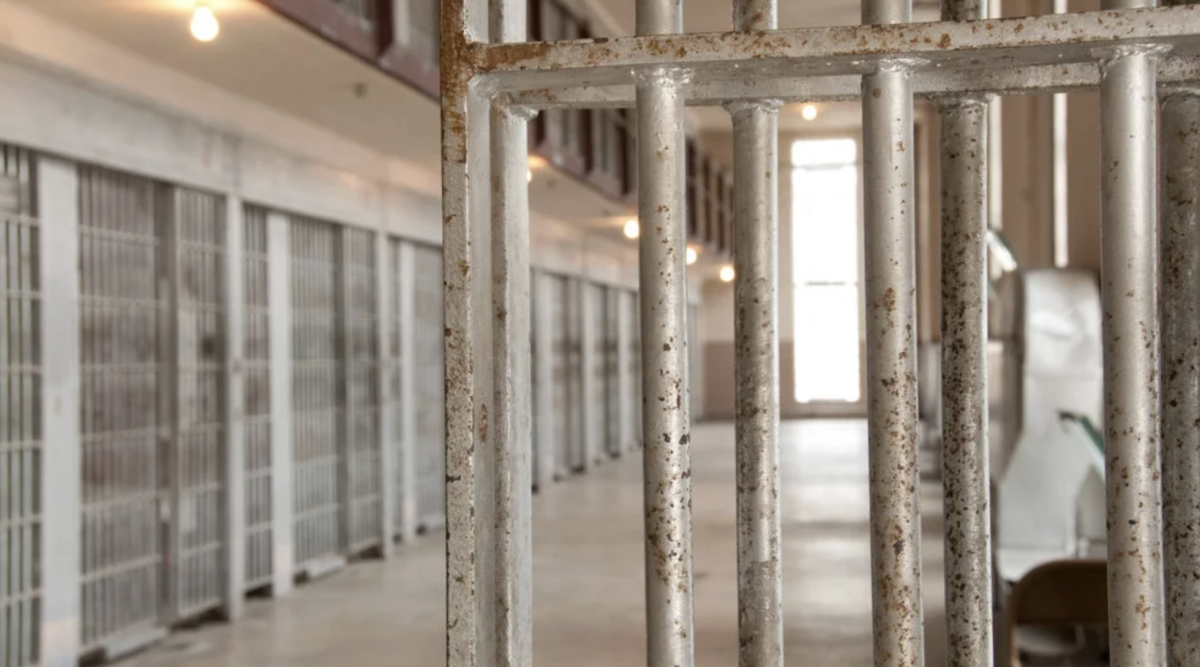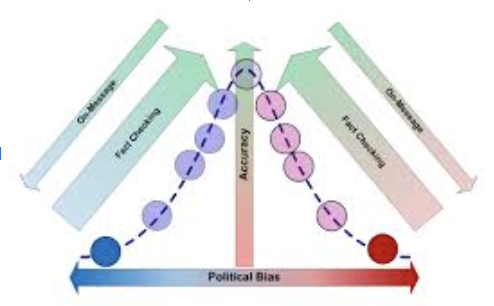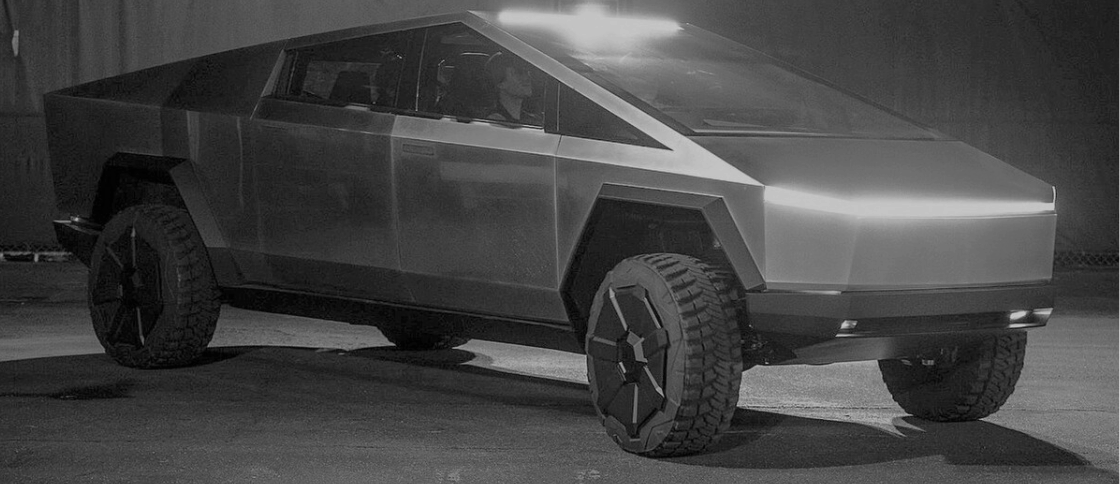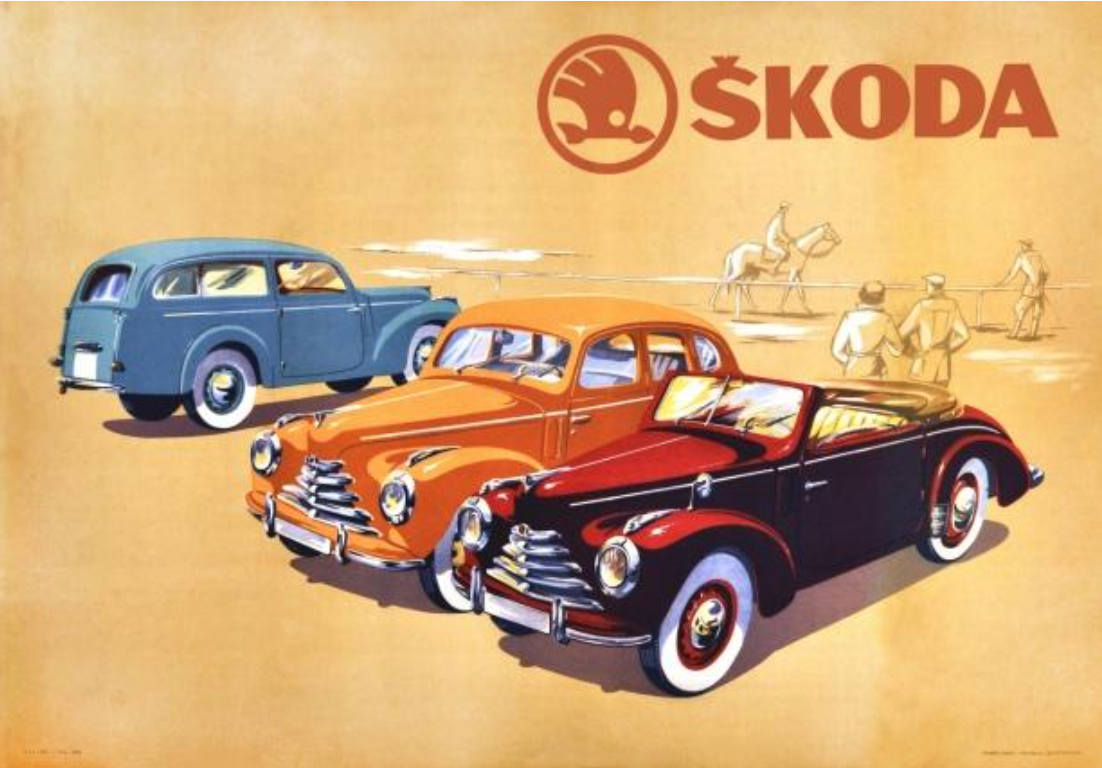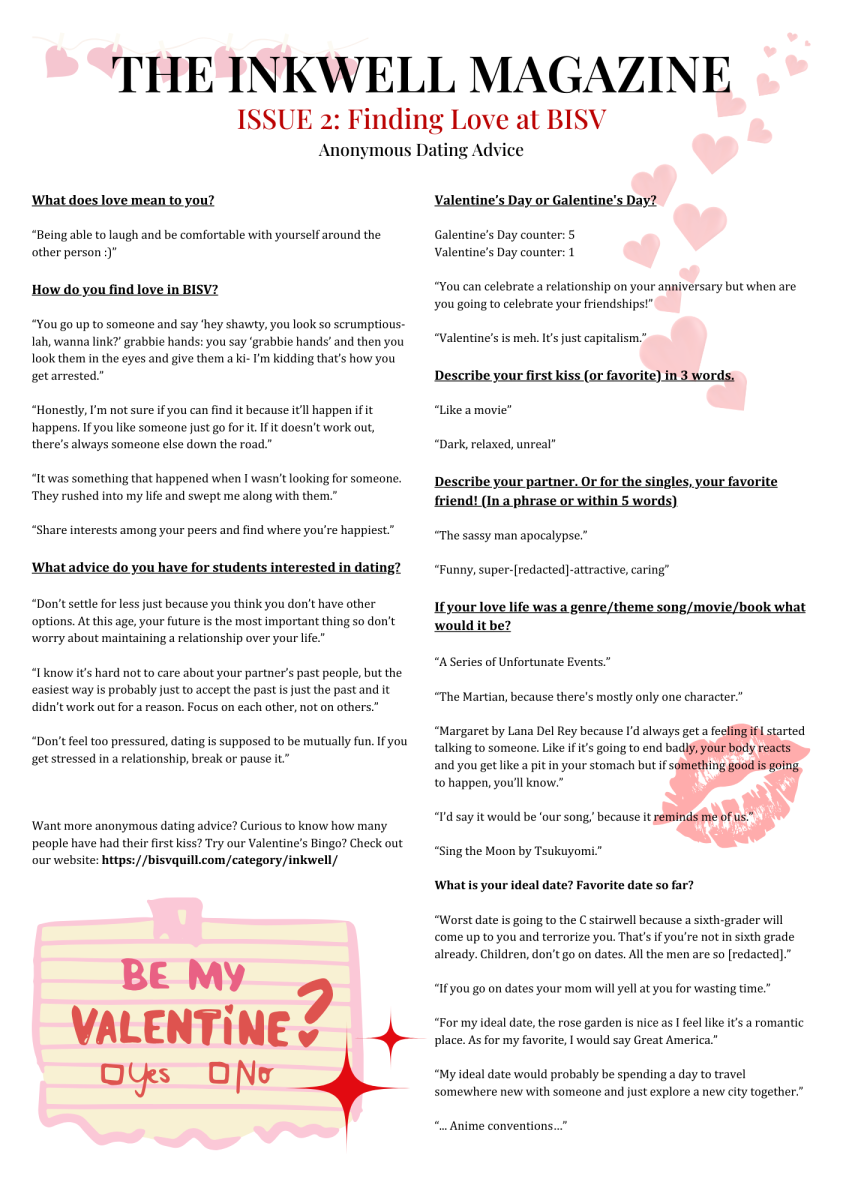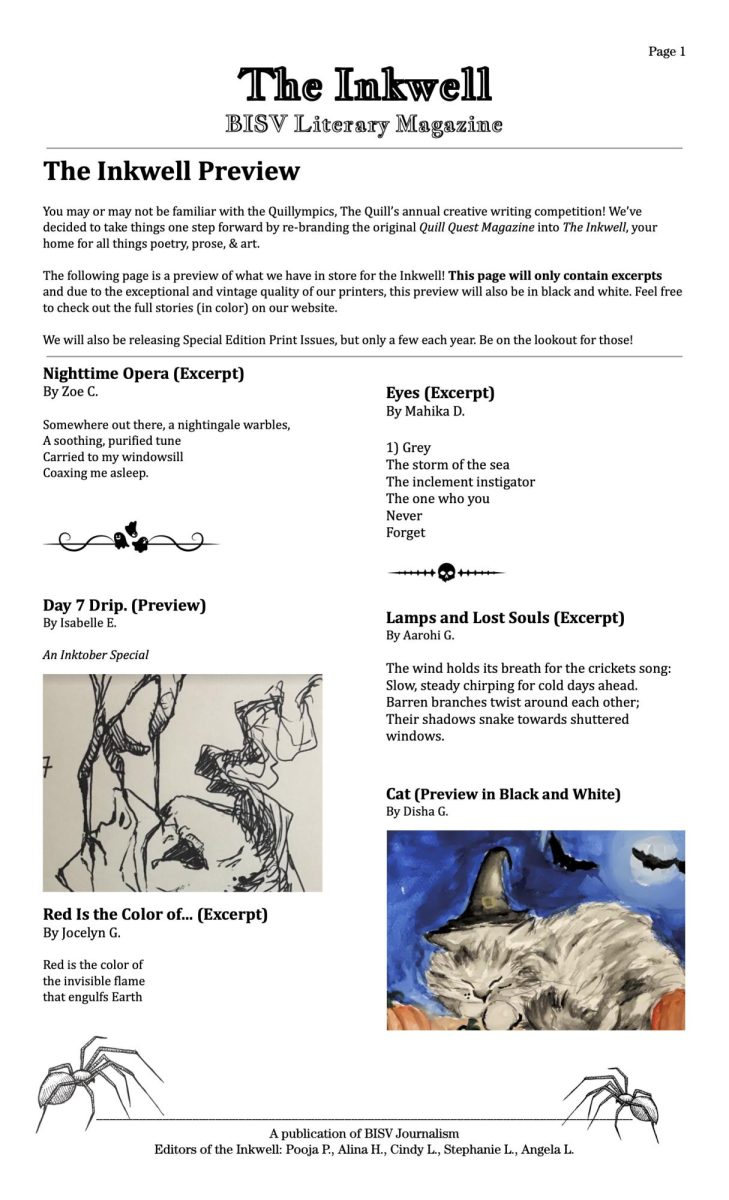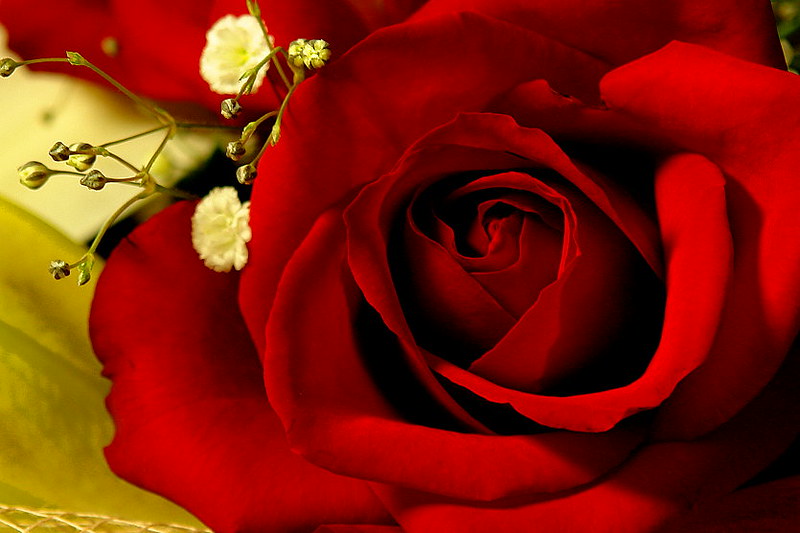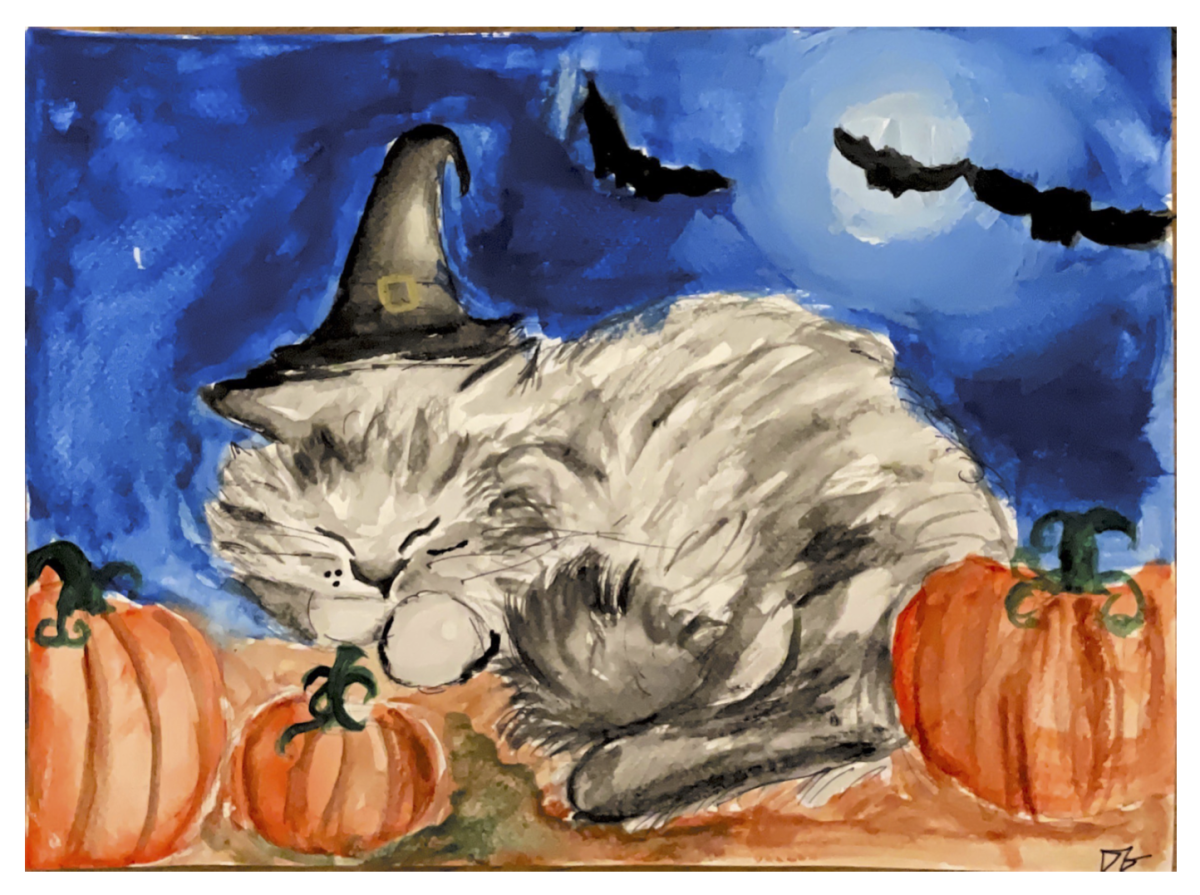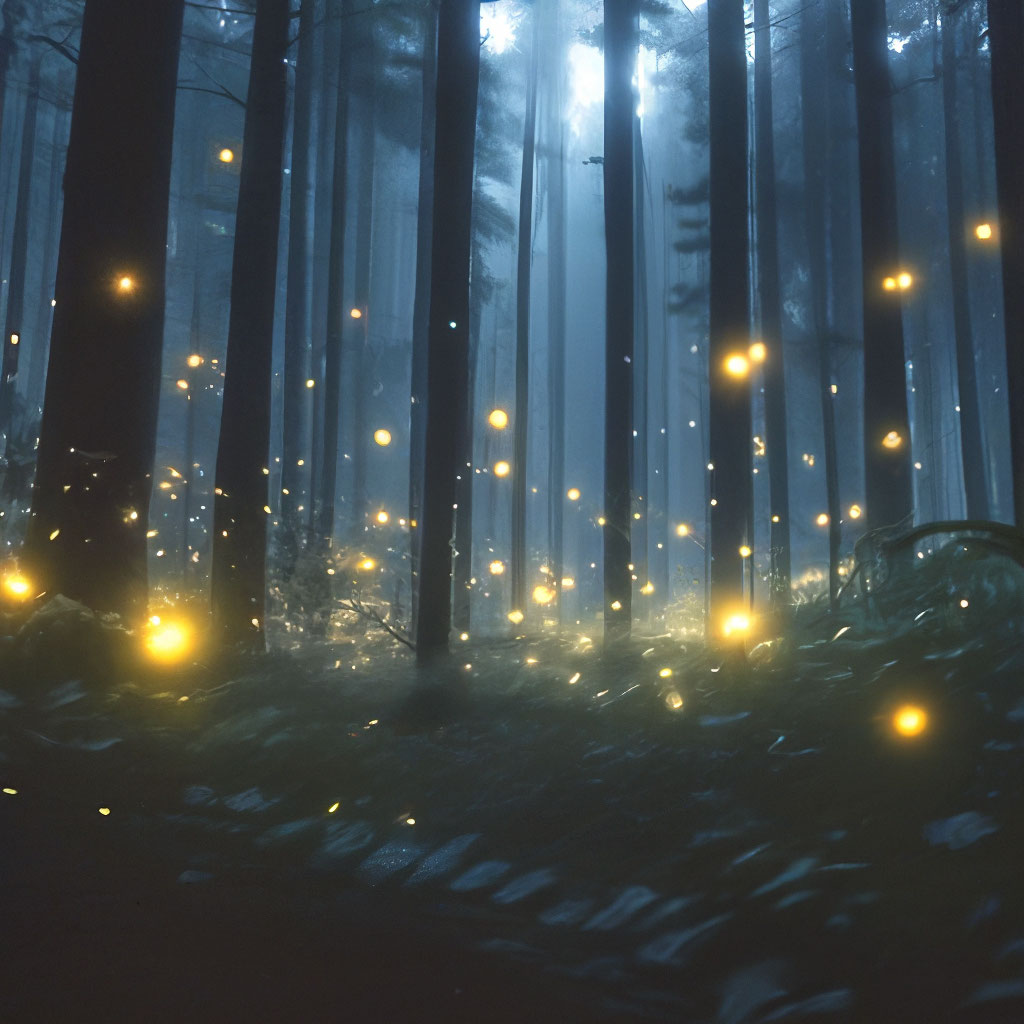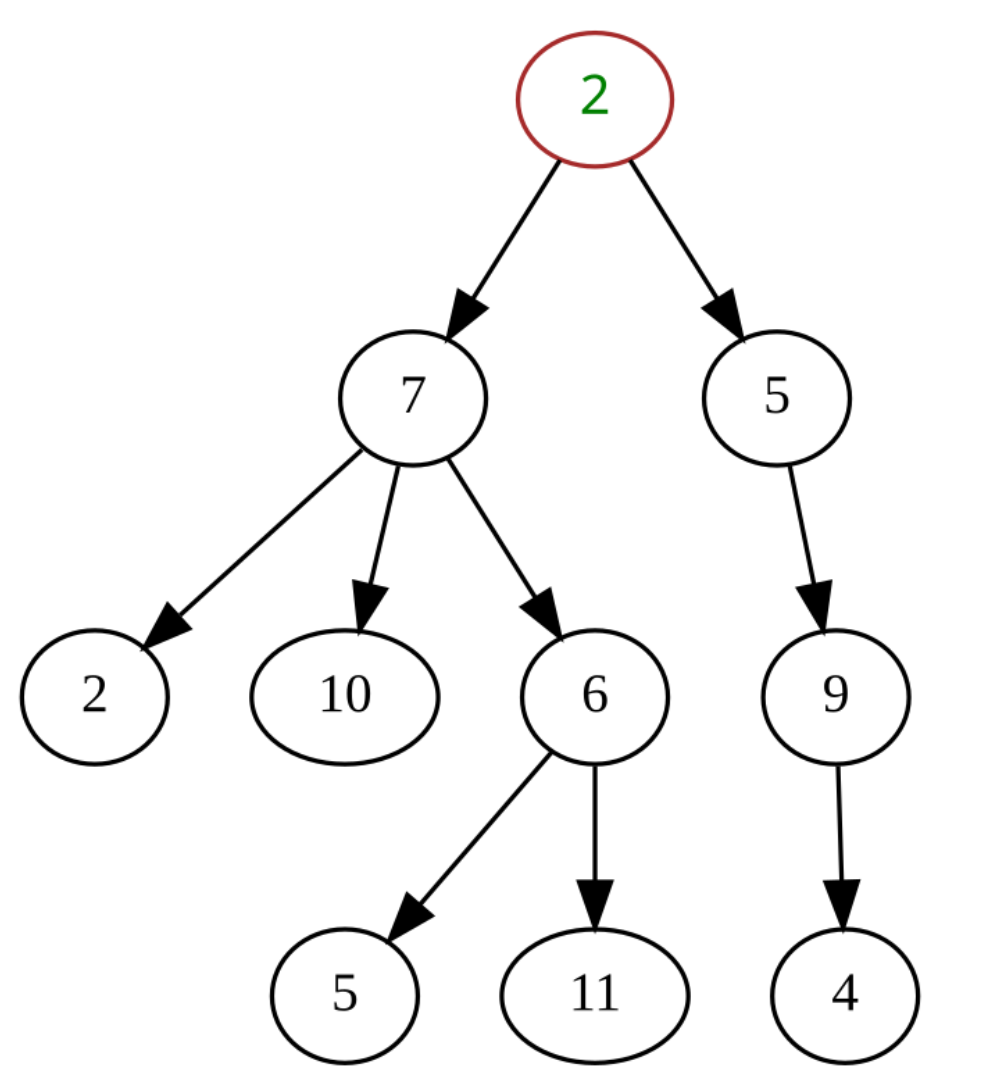Disclaimer: Although this subject may rouse intense feelings of argumentative zeal, keep in mind that this is completely subjective and not affiliated with any particular political party. Also, everything I say here is probably inaccurate in some way.
Sometimes, when you go outside (no doubt a frequent occurrence), you may see a tree. Trees are unusually prevalent in the United States of America. This country controls a significant portion of North America, which resides on the planet known to its unruly inhabitants as “Earth.” Trees are being massacred and reborn constantly in certain areas of this planet. All trees are equally worthy of life, of course. Some trees, however, are more equal than others. But why? What causes lumberjacks to kill off some trees and leave others alone? Mostly government regulations. A more pertinent question to ask would probably be “what makes some trees more equal than others?” Throughout this article, I will rank a list of trees provided by Google, that ever-flowing font of knowledge, in an attempt to answer this very important and relevant question.
1: Redwood
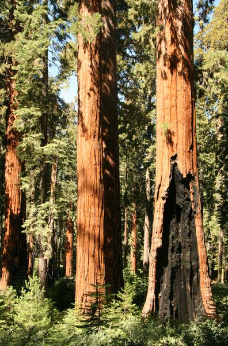
The redwood tree is a giant among trees, towering over the rest. It can live for decades and has an unusually rich red bark, likely where it got its name. Simply standing next to one fills you with a deep sense of history, as does putting it to the grindstone, so to speak (chopping it down). A forest of redwood trees has a ponderous and vibrant atmosphere—it’s like the very air itself is dusty and undisturbed. The redwood tree, needless to say, is excellent. With the rich hue, verdancy, and needlelike leaves, which contribute overall to the atmosphere, the redwood tree ranks first.
2: Coconut
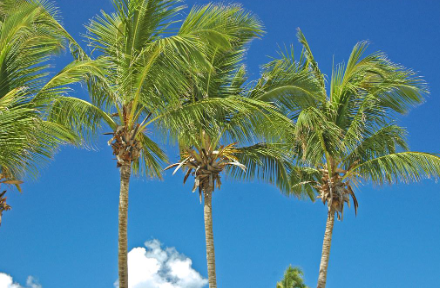
The coconut tree is a very interesting tree indeed. Unlike most other trees, its trunk is incredibly tall, it doesn’t have any branches, and its leaves are absolutely enormous. This tree is quite an outlier among its arboreal fellows. The leaves are arranged in a leaf-shaped formation, creating a giant leaf made of smaller, thinner leaves, and the overall leaf looks like a small child physically assaulted it with very neat scissors. These giant leaves all cluster near the top, where coconuts can also be found. In fact, the so-called coconuts are the seeds of the coconut tree, but luckily for mankind, these seeds happen to be delicious on the inside. This, unfortunately, cannot be said for the humans themselves. The bark also has strange ridges, which provide a nice contrast from the flat monotony. These features all make this a very strangely designed tree and placing it in 2nd place.
3: Willow
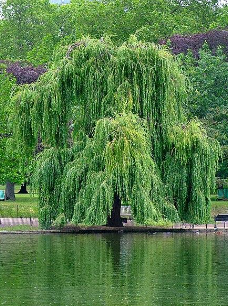
The willow is a short, drooping tree. Overall, the willow tree is melancholic and contemplative. Its branches are haphazard and cast a wide net, while its leaves are long and thin, forming a greenish, umbrella-like canopy (although the leaves can be a dull pale green). The most recognizable feature, of course, is the way the leaves droop down instead of pointing straight forward, which gives the willow its distinct look and (if you’re lucky) feel. The willow looks rather nice, so it goes in 3rd.
4: Spruce
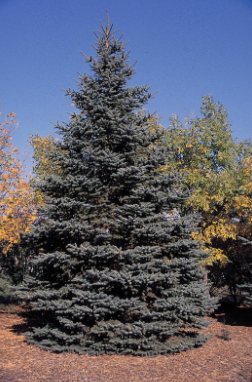
The spruce tree has a distinctive cone shape, with needles instead of leaves. These trees tend to proliferate around Christmas and often hold small metal objects within their dark expanses. The spruce tree’s needles are a darker green than many other trees. The pinecones, however, are lovely prickly objects that look and feel satisfying. They are an excellent feature, good for kicking around or throwing at terrified bystanders. The spruce tree’s cheery holiday atmosphere and possession of lovely aerodynamic pinecones means that this tree ranks 4th.
5: Maple
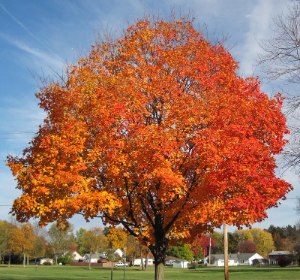
The maple tree! Canada’s arboreal symbol! Within its gnarled grayish bark lies a veritable bounty of syrup, upon which feasts untold thousands or even millions of Canadians. The maple tree is usually depicted with red leaves, although they can be green, with three distinct points. It is a calming tree, bringing to mind images of cool autumn days, and its structure is usually that of an ovoid, making it generally pretty aesthetically pleasing. The maple tree can also be tapped for delicious sugary sap, which can be sold at the free market for prices exceeding $0.11 a year. This means that the maple tree is going in 5th.
6: Hickory
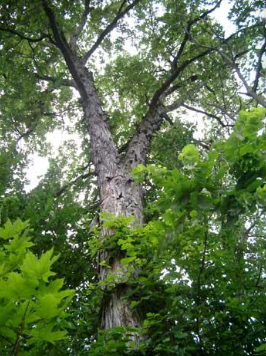
If you happen to have taken history class, you may have heard of Andrew Jackson, otherwise known as “Old Hickory.” He was so renowned, in fact, that they named a tree after him: the hickory. The hickory is usually a pretty large tree. The bark looks like it’s peeling, much like some of the trees at BISV, and its slow deterioration can be aided by the malevolent influence of a bored child. If you ever run out of important things to do or have too many important things to do and need a coping mechanism, peeling the hickory tree can distract you temporarily while your problems get worse. Hickory leaves come in bundles and are a bit wider than normal leaves. They also have nuts, which grow on the tree and can be harvested for consumption or capitalist profit. Thus, in my humble and deeply biased opinion, the hickory is an above-average tree, with slightly better features than other trees on the market. For this reason, it goes in 6th.
7: Birch
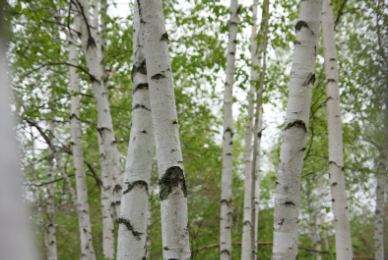
Birch trees are very distinctive. They have a white bark with occasional black stripes and are tall, with sparse leaves. Birch trees feel calm: although out of place in a dark jungle, they fit perfectly on a mellow plain. The sparse leaves allow ample sunlight through, which is great in a birch forest. The leaves, however, are painfully serrated and a tad thin. The trunk is narrow, which makes the tree feel unobtrusive—just another element of the scene rather than a looming presence. These features combine to give the birch tree a sense of almost zen-like serenity, but its overall unremarkableness compared to more distinctive trees places it in 7th.
8: Oak
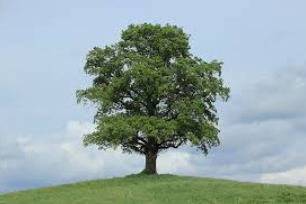
The oak. A very generic tree. This tree has an extraordinarily gnarled bark, wide, spreading branches, and an astonishing amount of species. In fact, there are around 500 different species of oak trees, meaning that I can’t really judge it much. The leaves vary wildly, the structure varies wildly, and even the bark can vary. As a cop-out to avoid having to write anything about it, this tree is going second to last.
9: Ash
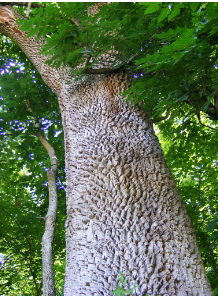
Ash trees are aptly named for their gray bark, which gives it its distinctive charm. Ashes are a bit dull; they look lifeless and bleak, compared to their more vibrant tree cousins. The tree itself is medium-sized, not towering, but not minuscule either. Its leaves are a nice, classic green and have a nice, fluffy shape. However, these features can’t make up for the terrible lifeless bark, which is why this tree lands squarely in last place.
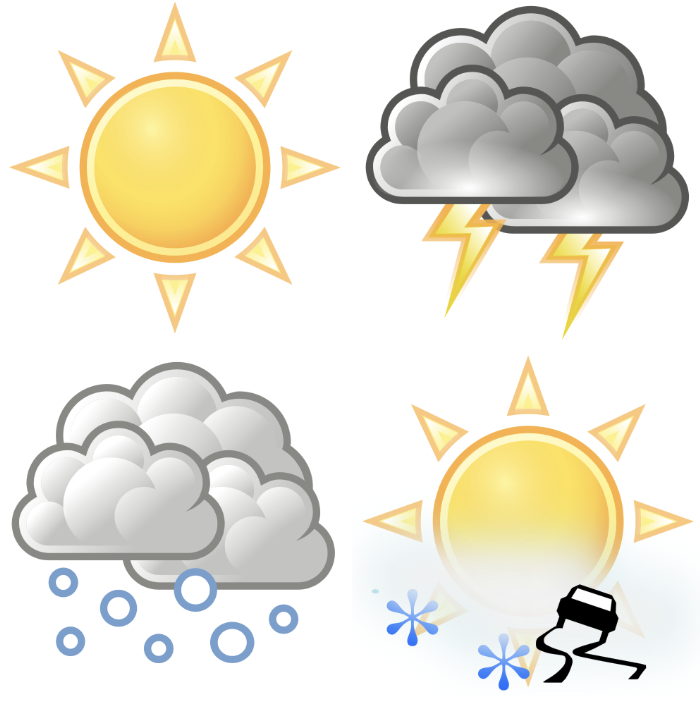





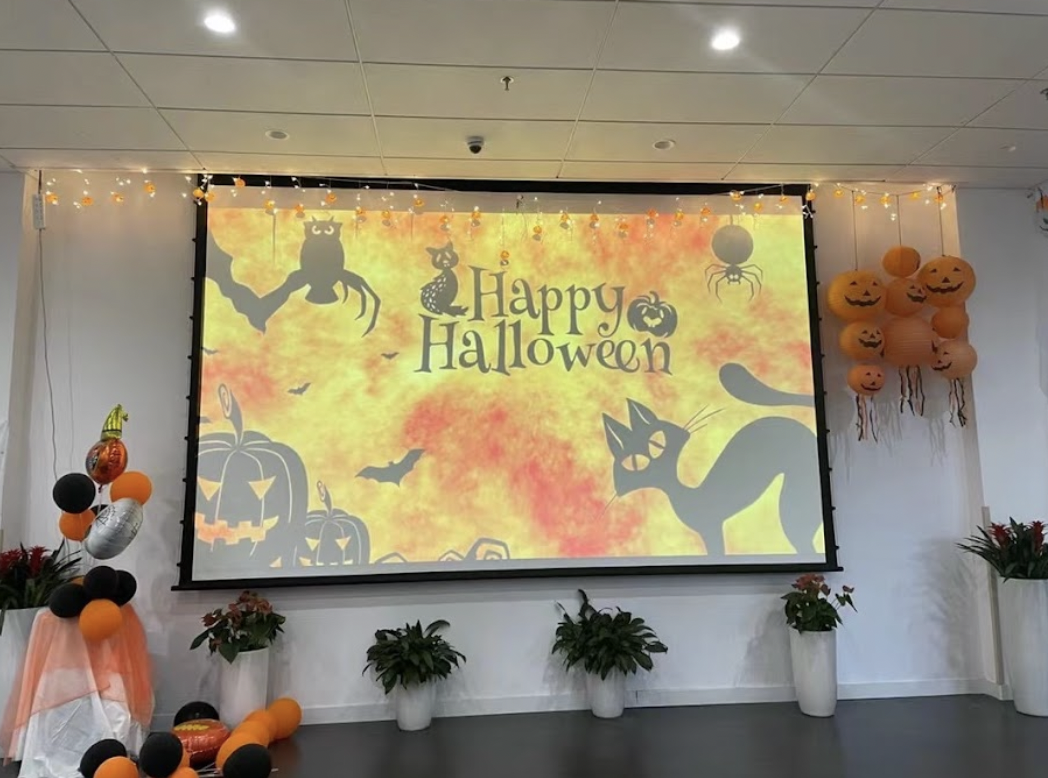
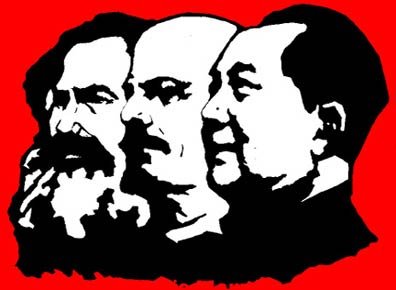

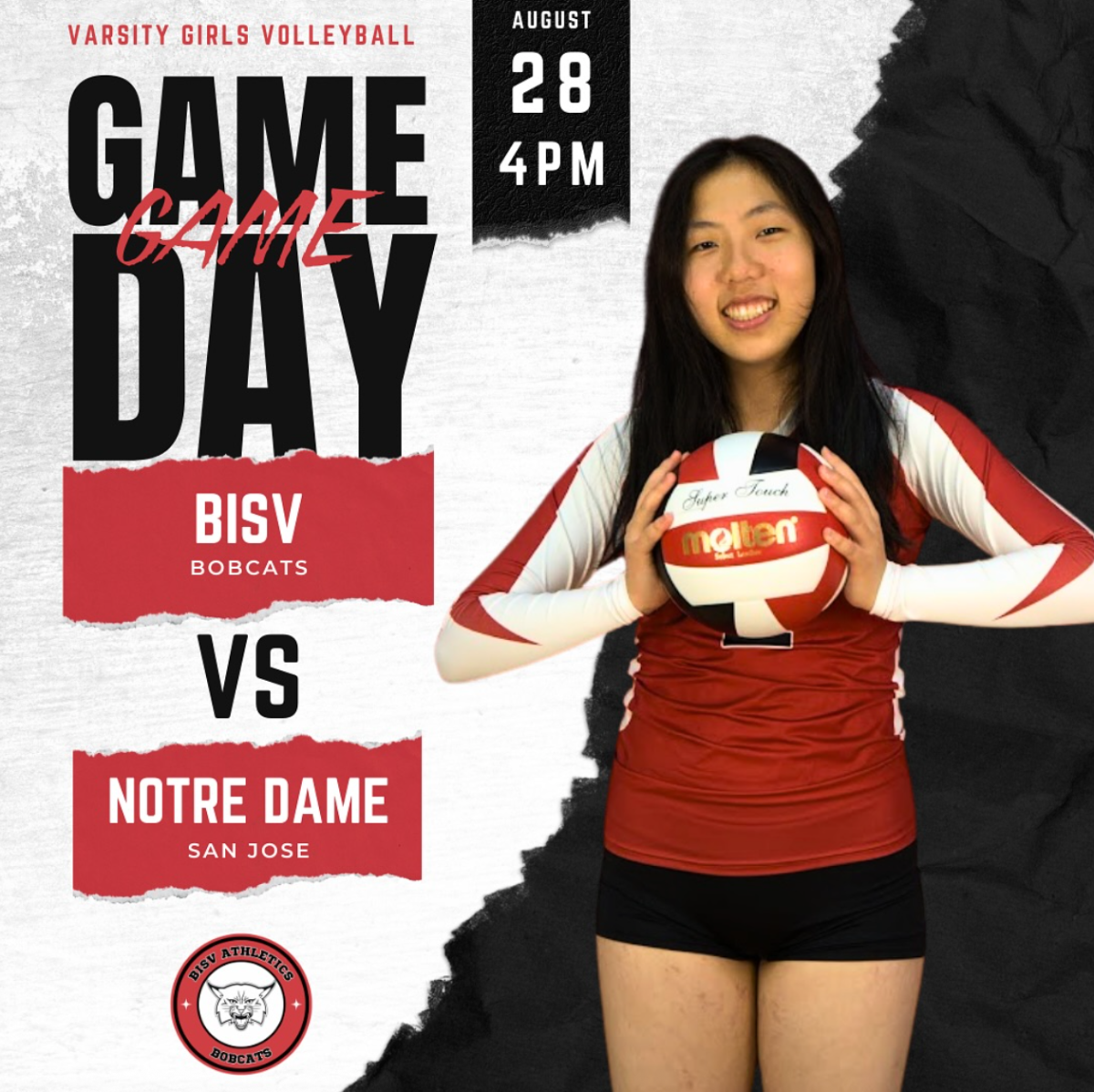
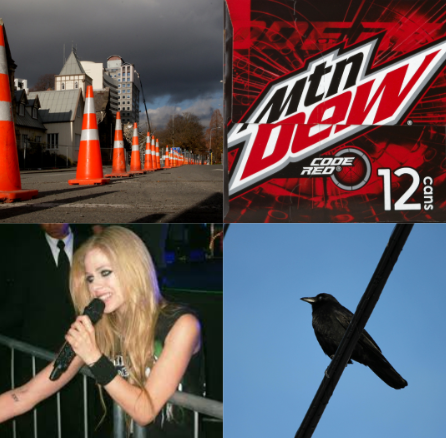
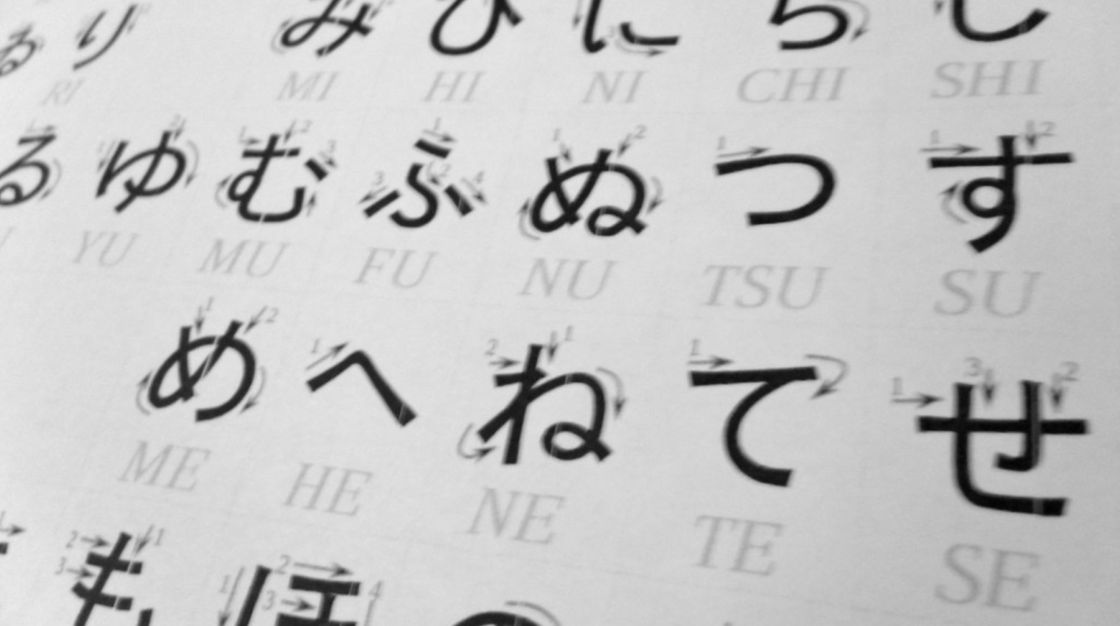

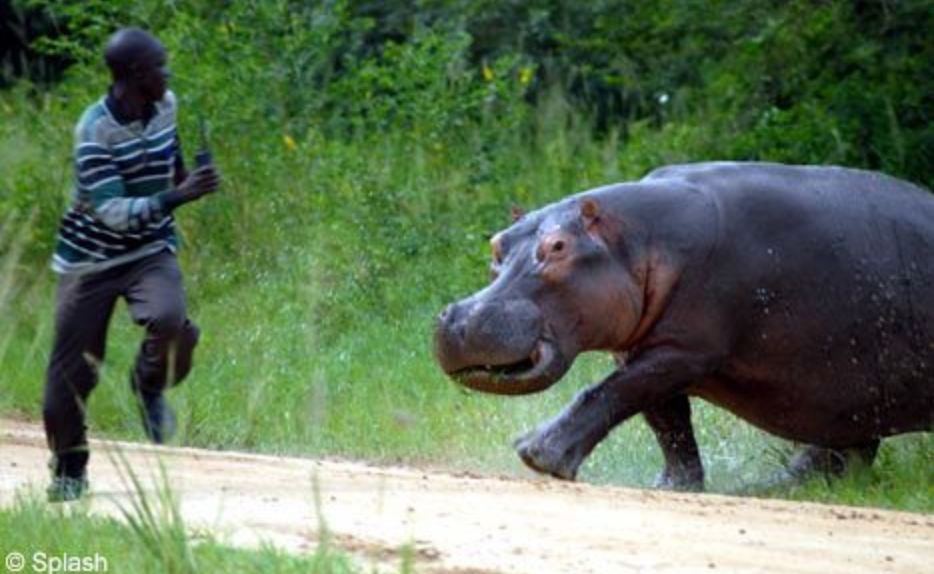



![Teacher [Milk] Tea: Part 2](https://bisvquill.com/wp-content/uploads/2024/03/Screen-Shot-2024-03-19-at-9.28.48-PM.png)
